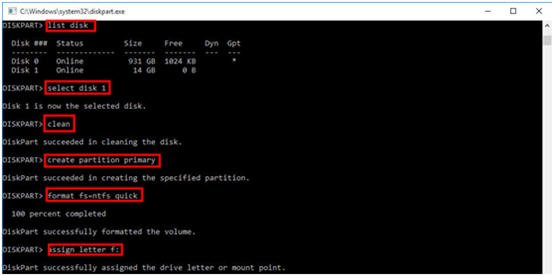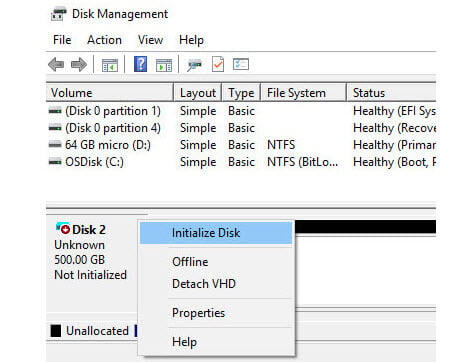

Right click on ‘Unallocated Space’ and select New Simple Volume.

But in this guide, we are considering only one partition. To do so, you need to shrink the existing volume first and create an ‘Unallocated space’ and then follow the steps from Step 5 onwards. If you wish you can create more than one partition.

If you have any data, make a backup using an external storage device. But with time as the prices reduce, SSD’s will surely rule the market.īefore proceeding with partitioning and formatting an SSD, first of all, make sure you don’t have any data on it. Despite these advantages, the only reason SSD’s are not preferred is due to their high prices. Secondly, SSD’s consume considerably less power than that of HDD’s. This is because SSD’s don’t consist of any moving parts, hence the wear and tear on the device are very less over time. Not only do the SSD’s offer better performance and speed, but they are also more reliable. SSD’s are slowly but surely replacing the traditional HDD’s. SSD, short for solid state drive is a type of hard disk that uses flash memory instead of rotating magnetic platters (like in traditional HDD’s).


 0 kommentar(er)
0 kommentar(er)
